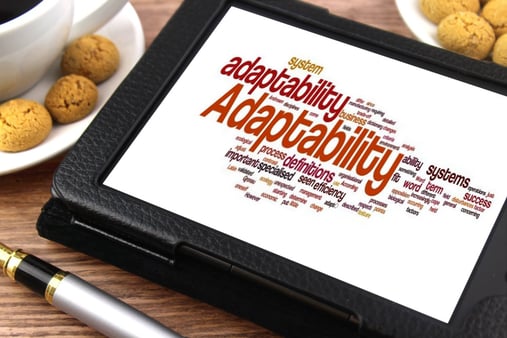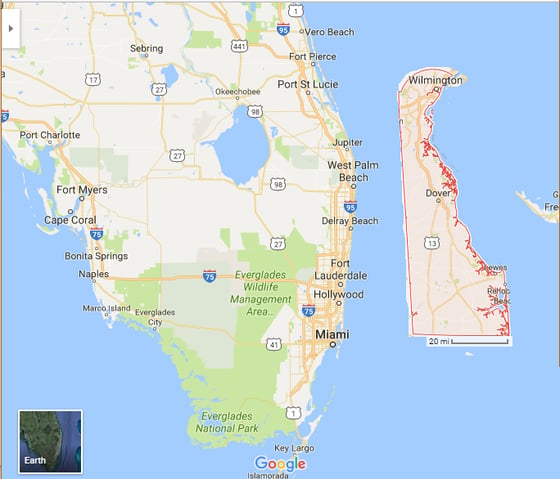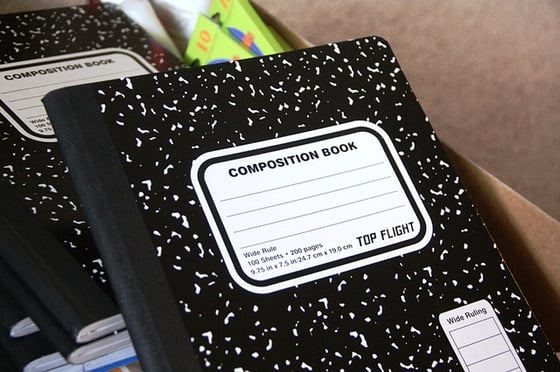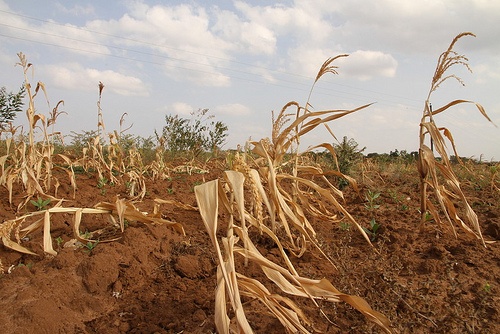I recently finished Neal Stephenson’s Cryptonomicon. I highly recommend this story which is a 1999 novel about 90s era computer hackers, World War II, and encryption. It is both technically accurate, and gives a pretty good description for the 90s era hacker culture. The book also gives the reader a good intro to encryption concepts. However, why I am discussing it here is because one of the main characters, Bobby Shaftoe, brought to my attention the concept of people and their ability to adapt. A person’s adaptability is important in my opinion - in life - but also in energy efficiency.
 Image Creator attribution: Nick Youngson - http://nyphotographic.com/
Image Creator attribution: Nick Youngson - http://nyphotographic.com/
So what does adaptability have to do with energy efficiency? Everything. Efficiency is something humans habitually struggle with. We have long lifespans and it takes us 20 years to mature (30 years if you were like me). After that time, a lot of us become rigid to change. Even the most progressive of us can still have a naturally negative reaction to a disruption in our daily routines. It’s human nature to struggle with change. However, the cure to this is to think about adaptability, especially if you find yourself balking at potential change in your routines.
Per the EPA[1], 25 million people live in an area vulnerable to coastal flooding. We know that sea level rise is going to occur, and maybe a lot sooner than we all expect as reports of Antarctica’s Larsen Ice Shelf are becoming more common place (the Larson Ice shelf has had two major breakups and is poised for a 3rd [called Larson C)]which will create an iceberg the size of Delaware). Like any ice cube in a glass of water, this iceberg will melt, and thus will contribute to the acceleration of change in our oceans’ sea level and salinity.

Figure 1 - Delaware next to Florida for an Idea of how much Ice Larson C represents. Scale is the same.
An Example of Regional Adaptability Failure
I recently drove down to Florida for a family vacation, and out of pure scientific interest (and because I am a self-proclaimed nerd), I used the raw GPS data my phone gathers to look at the elevation of highway 95. The highest point on 85 miles of interstate 95 between Jacksonville and Daytona Beach was only 35 feet above sea level. This knowledge combined with the knowledge of Larson C made me search for examples of efficiency in Florida while I was there. It makes sense to me that Floridians would want to start adapting now, and be a voice against climate change as they’re most likely going to be the ones who suffer first from sea level rise.
These examples did not exist. In Vermont, if you travel the major highway, you will see several solar farms. My experience with the good people of Florida is that there exists a resistance to change. They are displaying poor, if not absent, adaptability. I read in a Wired Magazine article from last fall that Florida is one of five states that specifically prohibits solar panel companies from providing a solar option that allows for a third-parity ownership. These types of options generally allow folks to have zero upfront costs for residential solar installations or solar panel leasing. So effectively, Florida is creating a legislative barrier to solar! In the Sunshine State!
Even after Larson C has completely melted, sea level will still be well below the 35 feet required to flood interstate 95. However, Larson C represents a trend that has started. This trend must be reversed for NASCAR to keep racing at Daytona Beach. Adaptability here would mean changing the energy mix of the sunshine state to be mostly solar. And doing it now. Display some adaptability Florida!
HVAC Adaptability
In our work at Cx Associates we often are embracing adaptability as the technology of our industry changes. We are also confronted by resistance to change. When we come into a building and perform a retro-commissioning study, part of that work includes an interview with the customer regarding how they currently operate their equipment. When we conclude our study, often we have to confront the status quo and convince folks to adapt to a new method of operating their equipment. Sometimes after we go back to verify the savings, we find that adaptability was not embraced, and the recommended operational changes were ignored. Thus, the operation of the equipment didn’t change and energy was not saved.
One more really cool example of an adaptability success is in Japan. In 2005 the Cool Biz Campaign was created to try and reduce electric consumption directly related to office air conditioning. The idea was allow everyone – even in conservative business environments – to dress more casually (no suit jackets, short sleeve shirts, etc.) at work, and simultaneously raise the air conditioning set points up to as high as 80 degrees! This is a great energy saving idea that is easy to implement and has huge payback during peak summer loads. It also displays great adaptability on the part of all who participate.
Personal Adaptability
Even if the government in your area is trying to make adaptability harder, I would argue that adaptability is more effective on a personal level. One barrier we often face in the energy efficiency industry is getting people to try new things and gently pushing folks outside their comfort zones.
I recently did this with my lifelong habit of having a composition notebook. For years, there were several ways for me to take notes on my computer, but I shunned them. My note book doesn’t run out of batteries. It cannot fail to boot up on me. It doesn’t need a backup. These were my excuses to stay inside my comfort zone. My resistance to change.
 Photo by Flickr user Jimmie
Photo by Flickr user Jimmie
However, I decided to force myself to adapt as I looked at the 35-40 pounds of paper notebooks I have accumulated over the years. For the last year, I have gone 100% digital with my note taking thus saving at least four composition notebooks. I am taking notes on my laptop which I have on during the business day anyway, so I have saved the energy needed to create (either from new pulp or recycled), transport, inventory, display, sell, and process four notebooks to date (as I would average four notebooks per year).
While that may seem small, it’s an example of where I adapted my behavior in a small way and stepped out of my comfort zone, and made a positive change for the environment. We all need to be thinking about how we can adapt our lifestyles in every little way, to minimize our impacts. Adaptability can create thousands of little energy efficiency opportunities across each of us on a daily level that will scale up to huge energy efficiency gains long term. You just have to think in terms of how you can adapt your lifestyle to fight climate change and save energy.
Be like Bobby Shaftoe and display some adaptability.
[1] https://www.epa.gov/climate-impacts/climate-impacts-coastal-areas


